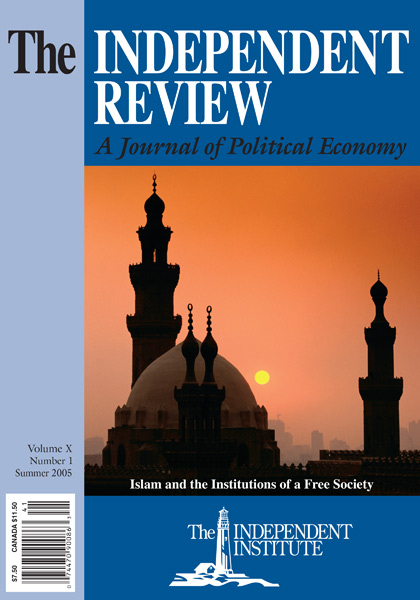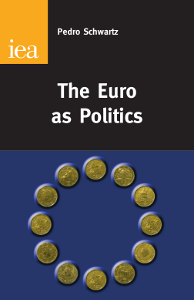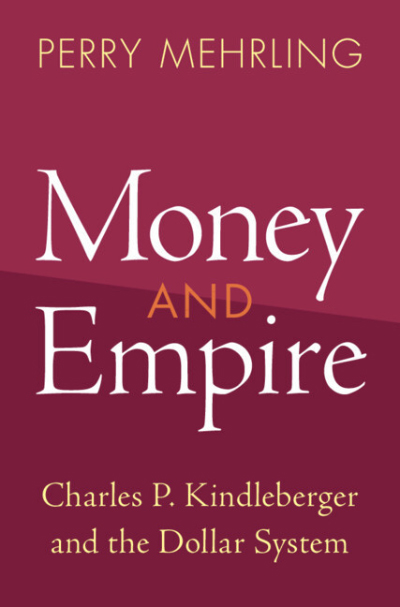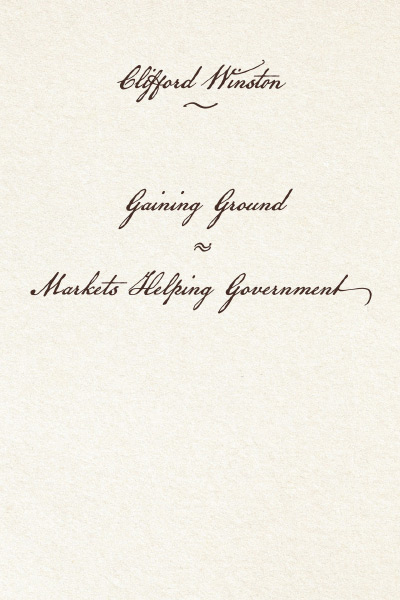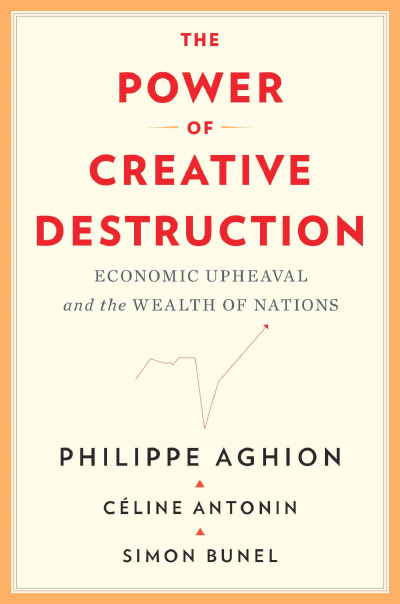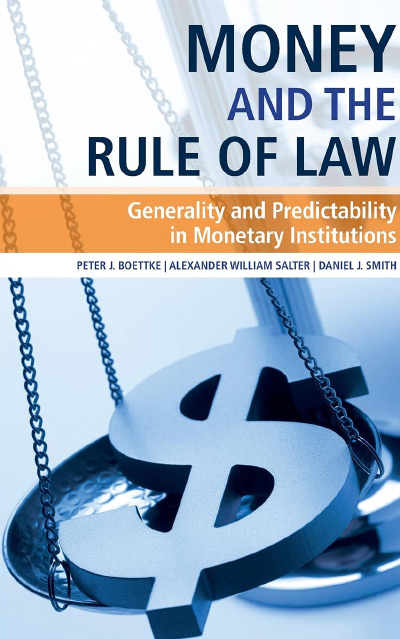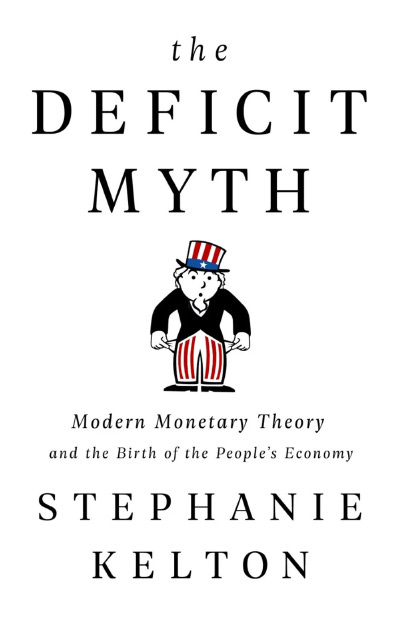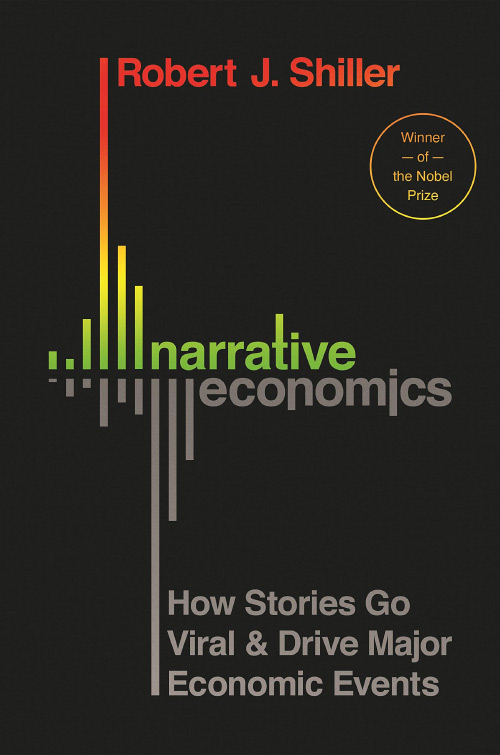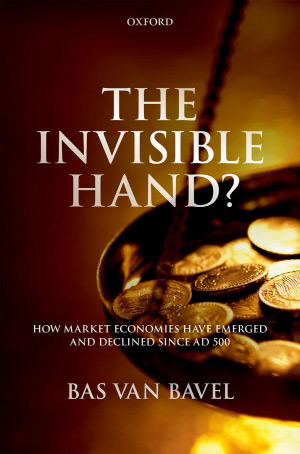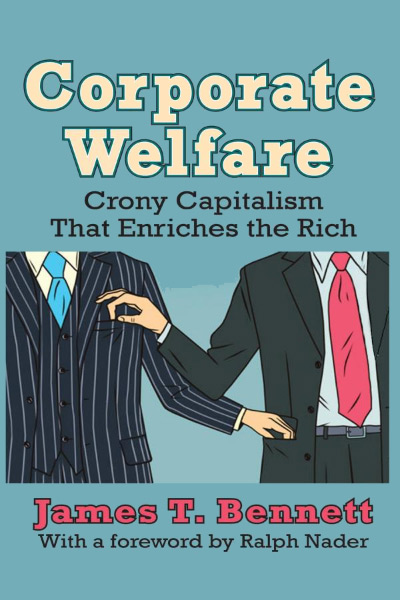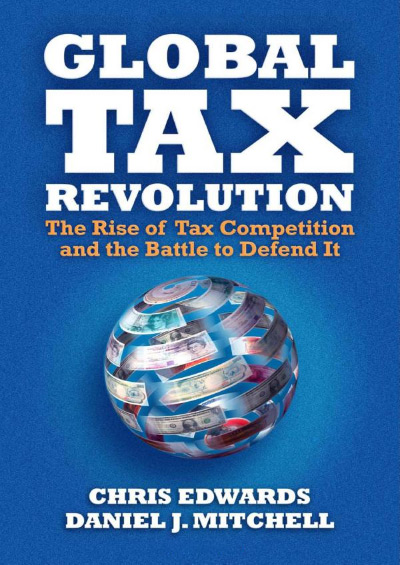Pedro Schwartz’s past contributions to the economics of European monetary integration stand out for clarity, depth, and persuasiveness. The Euro as Politics is no exception. Although he does not refrain from discussing technical issues, he succeeds in synthesizing fairly complex topics into simple notions that are easily accessible to the layman, but at the same time stimulating for the professional.
The book’s thesis is both simple and powerful. Although the author does not forget his past opposition to the introduction of the euro, he points out in the various chapters of this work that the traditional economic debate on the pros and cons of the euro is misleading. In a free-market economy, performance depends on individual preferences and entrepreneurship rather than on the name of the currency or of the central banker. In contrast, in a regulated economy, where competition is subject to normative constraints and political discretionary power, the currency does play a role.
It follows, then, either that the European Union (EU) project is indeed about free-market economics, so that the euro issue has little importance or that the EU project is not really inspired by the principles of economic freedom, in which case the euro should be evaluated as a more or less appropriate instrument to achieve the goals of a regulated economic system or to stimulate the demand for some kind of regulation. Put differently, analysis of the euro at the EU federal level should move from the technicalities of monetary economics and currency areas to the more articulated aspects of constitutional design and ordinary politics, whereas the analysis at a national level should compare the benefits and losses of the euro with those of the various national EU currencies, some of which have been associated with reasonably free economic structures, others with highly distorted structures.
The book’s outline reflects this research strategy. Part I is devoted to portraying the euro realistically. Schwartz notices that in general the perceived transition to the euro has been successful. He adds that most Europeans actually believed that something went wrong because prices generally shot up during the conversion. Nevertheless, the basic point holds true: although the man in the street blamed producers—retail or wholesale traders who allegedly took advantage of the transition—the euro itself was spared, and its trustworthiness was not questioned. The same applied to the general attitude toward the European monetary authorities. In short, years after its introduction, the euro is now widely considered a sound currency, and it probably enjoys the same reputation as the Deutsche Mark, the most prestigious currency of the euro area before the common currency was launched.
Schwartz also deserves credit for pointing out that the benefits and success of the euro have little to do with a number of phenomena considered of primary importance until a short time ago. One of them is the supposed independence of the European Central Bank (ECB), which on the contrary is neither a necessary nor a sufficient condition for sound monetary conduct. Another is the reduction in transaction costs incurred when agents must change their cash from one currency to another. In fact, the discounted value of such future cost flows is almost offset by the cost of the transition from the national currency systems to the euro (not to mention the cost of running the ECB, which does not seem to be offset by expense reductions at the national central banks). A third phenomenon relates to the argument suggesting that the euro enhances price comparisons across countries and financial products. That argument would have implied that, in the past, price convergence, financial integration, and competition could not take place because people did not shop across borders or across currencies and that their lack of mobility arose from their problems in handling exchange rates, which is of course hardly credible. Finally, the author reminds us that a unified currency does not affect trade very much, either, because trade does not suffer much from exchange-rate instability or from exchange-rate costs.
Schwartz also considers various issues related to the euro’s indirect effects, analyzing and criticizing some of these issues in considerable detail. One issue concerns monetary and fiscal polices within the candidate countries. Of course, according to the traditional view, the so-called “Maastricht criteria” forced euro applicants to bring inflation and their budget deficits under control. Thus, although the euro per se was not responsible for enhanced macrodiscipline within the area, the euro project was deemed effective in forcing policymakers to adopt sensible macropolicies. The author leaves to the reader the task of assessing whether such policies were necessary in order to have a sound common currency. The reader might be tempted to answer in the negative, however, because the currency’s quality depends on the quantity of monetary units outstanding and on the quantity of goods and services they can buy. So long as the central bank keeps the money supply under control and the Treasury has no access to the printing press, the euro should have nothing to do with the quality of national macropolicies.
If most economic arguments for the euro are weak, what are the relevant questions behind the choice of the common currency? Schwartz offers his answers in part 2, where he claims that the whole point is about “centralization versus individual choice, and government discretion versus competition among institutions and jurisdictions” (p. 81). In particular, he suggests that centralization may be desirable if it helps to bring to the surface and make unbearable the widespread rigidities that characterize the euro area today. Then “the imposition of the euro over divergent European regions will, within reason, prove an irresistible force for reform and for greater economic flexibility” (p. 94). The drawback of centralization is the lack of monetary competition, which is lamentable in the author’s view because competition can contribute to stopping or at least to slowing down the growth of government intervention and therefore its encroachment on individual property rights.
The third and fourth parts of the book deal with the British case for joining the common currency. Schwartz draws on his previous discussion to emphasize that staying out of the euro would not harm London’s role as a world financial center. Similarly, he shows that the monetary regime would not affect foreign direct investments or international trade flows to and from the United Kingdom.
In chapter 8, Schwartz develops the political case for staying outside the euro. His emphasis is clearly on the constitutional side because he fears that the European monetary authorities will eventually take orders and follow political expediency, especially if the Growth and Stability Pact—which sets the rules of fiscal discipline within the area—turns out to be porous. Then the euro will cease to be a technical tool to promote a better Europe with less regulation and greater respect for individual property rights. Instead, it will become an instrument to cement political unity—that is, centralized policymaking, weak institutional competition, reduced transparency, enhanced rent seeking, and compulsory solidarity (income redistribution). In the end, political unity may be deceptive, and tensions may come to the surface.
In the end of the discussion, Schwartz seems to suggest that, for a single country, being inside or outside a common-currency regime is not especially important and that Europe would profit from having one or more relatively large countries outside the euro. It would reduce the opportunity to create effective monetary cartels and would probably slow down the process of political integration that includes the euro as one of its cornerstones.
As mentioned earlier, both the expert and the layman will find The Euro as Politics easy to read and enjoyable. Although it aims at debating the case for giving up the pound sterling for the euro, all the points discussed have much more general interest. Some euro skeptics may be disappointed that Schwartz concludes by downplaying the economic relevance of the pros and cons associated with monetary unions, except for the danger of stifling monetary competition. Nevertheless, although a reader may have doubts about the role of many European national currencies as active or relevant competitors, the author is definitely right in stressing the political significance of the euro project and in encouraging further research in that direction. To be sure, some six years after the euro’s introduction, its serviceability as a political device to destroy opposition to the European superstate are not evident, which may suggest that the euro has failed from the political standpoint and that a new currency is not sufficient to transform redistributive and regulatory dreams into reality. Perhaps, however, policymakers simply have not yet exploited fully the political potential of the European common currency. If so, Schwartz’s book rings a timely alarm bell for those who still believe the EU to be an opportunity to expand our freedom to choose rather than an arrangement to facilitate arbitrary experiments in mandatory harmonization and compulsory solidarity.
| Other Independent Review articles by Enrico Colombatto | ||
| Spring 2022 | Tax Tyranny | |
| Winter 2011/12 | Is There a Health-Care Problem in Western Societies? | |
| Summer 2008 | The European Economy since 1945: Coordinated Capitalism and Beyond | |
| [View All (4)] | ||

